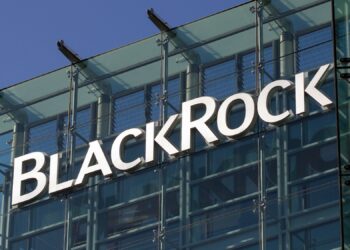IOOF has reported a 13.6% drop in advice revenue cessation of grandfathered commissions, the BT contract, and lower adviser conference revenue due to the pandemic, and that 135 advisers left its self-employed network during FY21.
In its FY21 results announcement to the Australian Securities Exchange (ASX), underlying profit after tax (UPAT) from continuing operations (including MLC) was $147.8 million, up 19.2%, while revenue was up 31% to $770 million which included full 12-month contribution from ANZ pensions and investments (P&I) business and one month of MLC.
Financial advice saw a 13.6% drop to $155.1 million in net operating revenue, with the $29.3 million reduction primarily driven by the cessation of grandfathered commissions and the BT contract.
Other reductions in revenue were due to lower adviser conference revenue because of cancellations due to the COVID-19 pandemic.
A reduction of $7.3 million in net operating revenue generated by the ex-ANZ wealth management segment driven by regulatory changes with the cessation of grandfathered commission and volume rebates from fund managers.
Investment management saw a 2.9% drop in revenue to $64.5 million, which was attributed to a slight reduction in margin and a reduction in funds under management (FUM) as a direct result of the liquidation of the platform cash management funds.
Advice remediation program was expected to be “largely completed” by the end of FY22 with $432.7 million paid up to 30 June.
Its product remediation was expected to be completed calendar year 2022 $174.7 million paid at end of FY21, while MLC remediation would be extended into FY23.
The firm had 2.2 million clients in Australia serviced by 1,975 advisers which were broken into self-employed (licenced) which was 1,047, self-licenced (622) and professional services (306).
When it came to assets under management (AUM) $130 billion was advised, $56 billion was employed and $34 billion was personal/direct.
Total AUM/FUM was $232 billion, broken down with MLC ($175 billion), P&I ($34 billion) and IOOF ($24 billion).
Portfolio and estate administration net operating revenue dropped 5.3% to $200 million, which IOOF said was because of gross margin reduction as clients moved between products.
Labour costs comprised 79% of IOOF’s Groups operating expenditure and increased by $7 million primarily due to increased bonus provisions in the current year after reductions to the pandemic.
The group held cash and cash equivalents of $670.7 million at the end of the financial year, the level of which was to satisfy regulatory requirements.
It would pay a shareholder dividend of 11.5 cents per share (cps) comprised of an ordinary dividend of 9.5 cps and a special dividend of two cps.
Evolve operating platform was now at scale, administering over $22 billion in funds with $3.3 billion net flows delivered into advisory Evolve platforms, while three MLC platforms administered $126 billion of funds transferred to IOOF ownership.
Renato Mota, IOOF chief executive, said this year was transformational with the completion of the MLC acquisition on 31 May.
“The combination of IOOF and MLC has created a new IOOF that has scale, diversity and growth opportunities through wide-ranging capabilities and technical expertise,” Mota said.
“Importantly, the acquisition process did not distract us from delivering on the strategic initiatives that we had outlined as our objectives for the business.”
Over the year 135 advisers left the IOOF self-employed network, with 256 advisers joining from MLC brands of Godfrey Pembroke and TenFifty, and 150 advisers joined through MLC advice.
“We delivered significant simplification and synergies across the group from our ANZ P&I acquisition, we restructured and repositioned our Advice businesses through our Advice 2.0 program, we achieved scale on our Evolve platform and we remain on track with the Evolve21 migration onto the new platform by the end of December,” Mota said.
“This successful migration and decommissioning represents the blueprint for further repositioning of products onto contemporary platforms and the decommissioning of legacy ANZ P&I and MLC platforms across the expanded group.”





